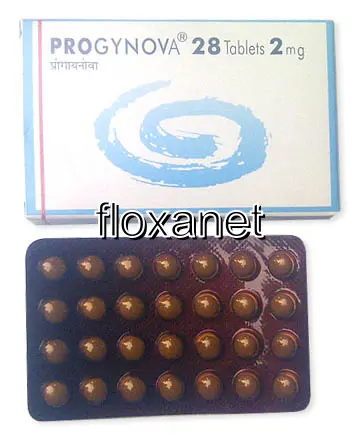| Package | Dosage | Price | Price per Dose | |
|---|---|---|---|---|
| Dosage: 1mg | ||||
| 140 pill | 1mg | CAD267.13 | CAD1.90 | |
| 112 pill | 1mg | CAD222.92 | CAD2.00 | |
| 84 pill | 1mg | CAD178.72 | CAD2.13 | |
| 56 pill | 1mg | CAD122.98 | CAD2.21 | |
| 28 pill | 1mg | CAD71.09 | CAD2.54 | |
| Dosage: 2mg | ||||
| 140 pill | 2mg | CAD430.49 | CAD3.08 | |
| 112 pill | 2mg | CAD361.30 | CAD3.23 | |
| 84 pill | 2mg | CAD288.27 | CAD3.44 | |
| 56 pill | 2mg | CAD194.09 | CAD3.46 | |
| 28 pill | 2mg | CAD107.61 | CAD3.84 | |

Estradiol Description
Overview of Estradiol
Estradiol is a natural form of the hormone estrogen, primarily produced by the ovaries in women. It plays a vital role in the development and regulation of the female reproductive system. This hormone is also important for maintaining bone density, skin health, and cardiovascular functions. In medical practice, estradiol is used to treat various health conditions associated with estrogen deficiency.
Uses and Indications
Medications containing estradiol are commonly prescribed for hormone replacement therapy (HRT) in women experiencing menopause symptoms such as hot flashes, night sweats, and vaginal dryness. It helps alleviate uncomfortable symptoms caused by declining estrogen levels. Estradiol is also used to prevent osteoporosis in postmenopausal women by maintaining bone density. In certain cases, it is prescribed to treat hormonal imbalances, regulate menstrual cycles, or manage specific conditions like hypogonadism.
Formulations and Administration
Estradiol is available in various forms, including oral tablets, transdermal patches, gels, creams, vaginal rings, and injections. The choice of formulation depends on the condition being treated and patient preferences. Oral tablets are convenient, but transdermal patches and gels provide direct delivery through the skin, which may reduce some gastrointestinal side effects. Doctors tailor the dosage and form based on individual needs to achieve optimal hormone levels while minimizing adverse effects.
Possible Benefits
Patients taking estradiol often experience significant relief from menopause symptoms. Additionally, it can improve mood, sleep, and overall quality of life during hormonal transition periods. Estradiol also helps support bone health, preventing fractures associated with osteoporosis. For women with specific hormonal deficiencies, it can restore hormonal balance, leading to improved reproductive health and wellbeing.
Potential Side Effects
While estradiol is generally well-tolerated, some users may experience side effects. Common issues include nausea, breast tenderness, headaches, or skin reactions at the application site. More serious but less common effects involve blood clots, stroke, or increased risk of certain cancers, especially with long-term use. It is vital for individuals on estradiol therapy to undergo regular medical monitoring to detect any adverse effects early.
Precautions and Contraindications
Patients with a history of blood clots, abnormal vaginal bleeding, hormone-sensitive cancers, or liver disease should avoid estradiol unless explicitly advised by a healthcare provider. Pregnant women should not use estradiol unless prescribed for specific medical reasons under strict supervision. It is important to disclose all medical conditions and medications to your healthcare provider before starting therapy to minimize risks.
Conclusion
Estradiol remains a cornerstone in hormone replacement therapy and the treatment of various estrogen deficiency-related conditions. When used appropriately under medical supervision, it provides significant health benefits and symptom relief. Patients should adhere to prescribed guidelines, attend regular appointments, and report any unusual symptoms to ensure safe and effective treatment outcomes. Proper management helps balance the benefits of estradiol with its potential risks, promoting overall health and well-being.
